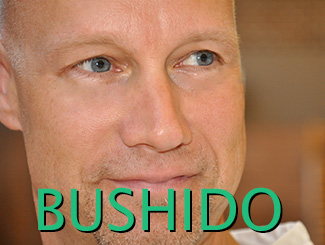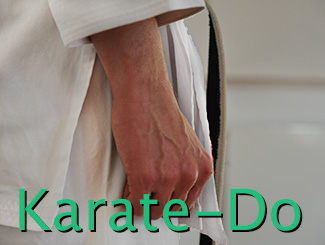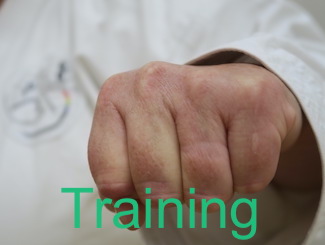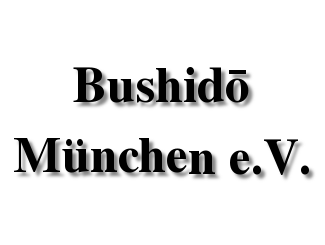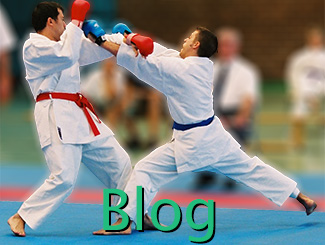Shotokan Style
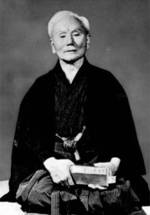 |
 |
The often secretly taught martial arts of Okinawa first became known to a wider public at the beginning of the twentieth century.
The scholar, poet and later, professor of pedagogy, Gichin Funakoshi (1869-1957)strived to introduce Okinawa-Te as a normal discipline in the schools and universities, as he was convinced of it’s superior character building qualities (see book tips).
His demonstrations were so impressive that the Japanese government gave him the responsibility of spreading this knowledge in the Japanese educational system. Funakoshi founded many Karate groups in universities.
Due to growing anti Chinese and nationalistic attitude in Japan, Gichin Funakoshi saw the necessity to change the name of this martial arts form. He substituted an old Chinese character with a phonetic-similar character.
The martial art is now called Karate-Do (= the way of the empty hand). It contains the word “kara” (=leer), a reference to the spiritual background of Karate. The objective is clearness and emptiness: to empty yourself of any (dark) thoughts and to clear the mind.
In the spring of 1936, Sensei Funakoshi opened a school in Tokyo and developed his own style of Karate. The school was named “Shotokan” (= “the Shoto school” – Shoto means pine-waves and was Gichin Funakoshi’s pen name, under which he published lyrics).
The Shotokan Style differs to others, especially in the characteristical the deep, long stances, which provide stability and power of movements.
The Shotokan techniques were developed out of the encounter with art of archery. Karate-Do first began to spread worldwide after the Second World War. Today, Shotokan is the most widely spread Karate style in Germany, followed by Wado-Ryu, Goju-Ryu und Shito-Ryu.
